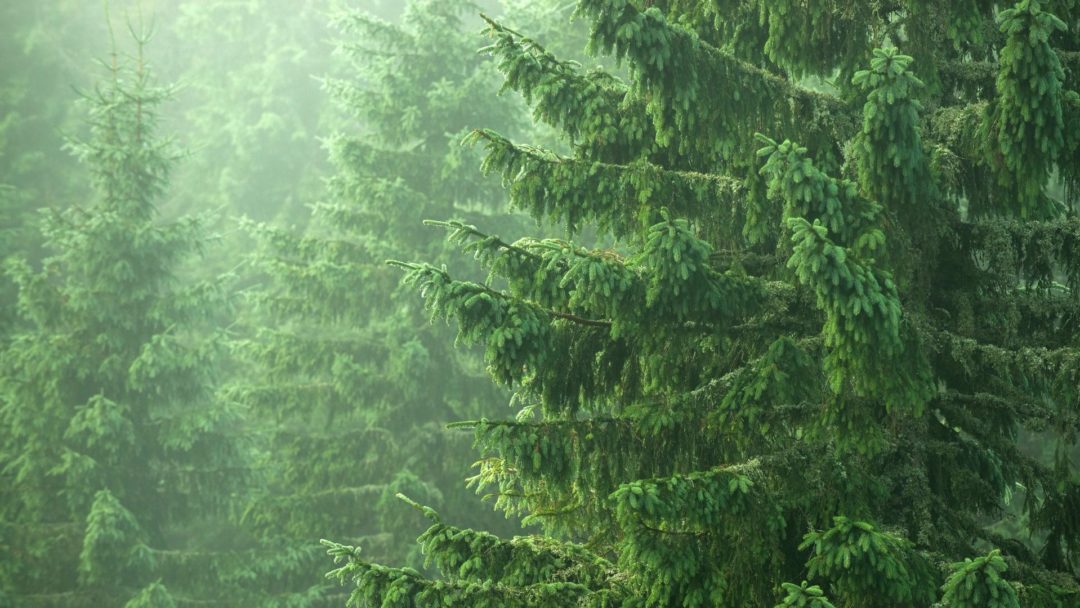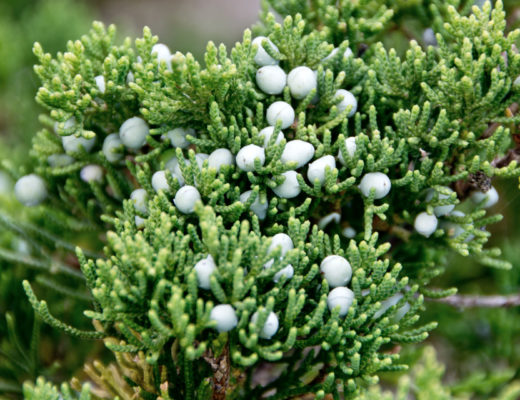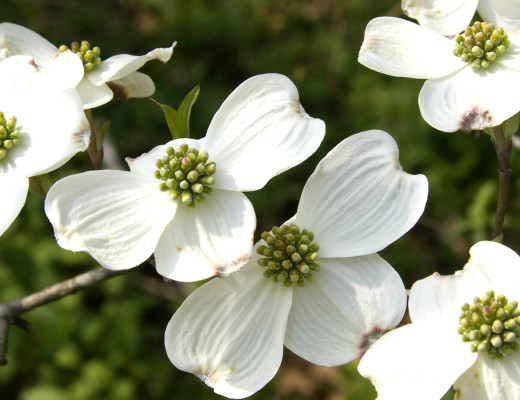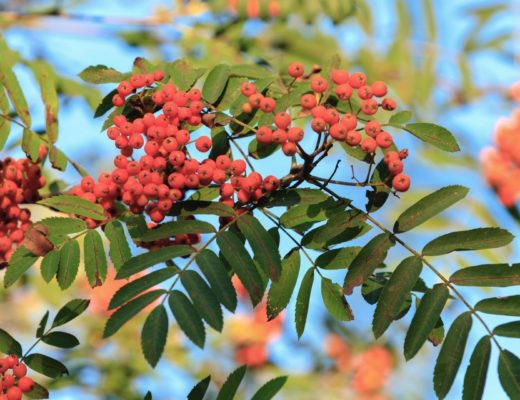Picea abies
Norway spruce is a familiar sight in much of the United States, but it is really a tree of Europe. There, it is the tallest tree on the continent, with one in the Carpathian Mountains once measured at a lofty 226 feet. Like its name implies, this tree grows in the Scandinavian countries. However, its natural range extends south to the Pyrenees and Alps, and eastwards through Poland and western Russia. It grew in England before the great Ice Age, then vanished only to return in the 1500s when it was brought back for planting. Today, throughout its natural range it is Europe’s most important timber and pulpwood species.
Norway spruce, or “common spruce” as it was sometimes called by the English, is beloved by Europeans for more than its practical values. It has also done a good job of sparking the romantic imagination. Spenser, the English poet, saw it as “the fir that weepeth still.” Sir T.D. Lauder asked, “What can be more truly sublime than to behold, opposed to the intensely blue ether…forests of spruce firs which clothe the bases of the mountains, whilst gigantic specimens rise…among the rocks before us — many of them shivered, broken, and maimed by tempests…?”
American writers have also noted the special character of this tree. “One of the darkest, most somber of all trees,” wrote Arthur Lee Jacobson in North American Landscape Trees. Perfect, then, for one of its many uses — gracing cemeteries and the lonely grave of pioneers. And while not a favorite of the horticulturist Michael Dirr, he does admit that in Cincinnati, at least, this species struck him as “green and rather soul-stirring under the dingy, dishwater gray winter sky.”
Watch Ask an Arborist: Why Should I Plant Evergreens?
A Troubled Name…
Norway spruce is a tree with a name that may satisfy few outside of Norway. The English resisted for awhile by calling the tree simply “common spruce.” The good people of Finland often call it Finn spruce for obvious reasons, and others refer to it more accurately as European spruce. How the Norwegians laid the best claim to the name is unknown, and probably undeserved since it didn’t even reach that land from Eurasia, the Black Forest and other parts of the continent until around 500 B.C.
The scientific name went through some gyrations, too. The tree was once considered a fir, in the genus Abies. Thus, Abies excelsa can be found in the old literature. Some botanists thought it should be in the pine genus and labeled it Pinus abies. But the consensus among scientists is that it is, indeed, a spruce, so it now carries the name Picea abies. Picea is Latin for the spruce genus and comes from the Greek word pissa, or pitch. Abies is simply the ancient Latin word for fir, so it seems like a reasonable compromise for a tree once considered to be in the fir genus.
In the Landscape
The Norway spruce has become a popular landscape specimen tree for its dense branching pattern and tolerance of soil variations. It’s great for windbreaks and year-round color. To add to its appeal, it is medium to fast-growing and reaches up to 60 feet at maturity (hardiness zones 3-7).
Catch up on Littleleaf Linden: Tree with a Past.





This is a really surprising discovery, because we don’t think the spruce grew so early in the area.